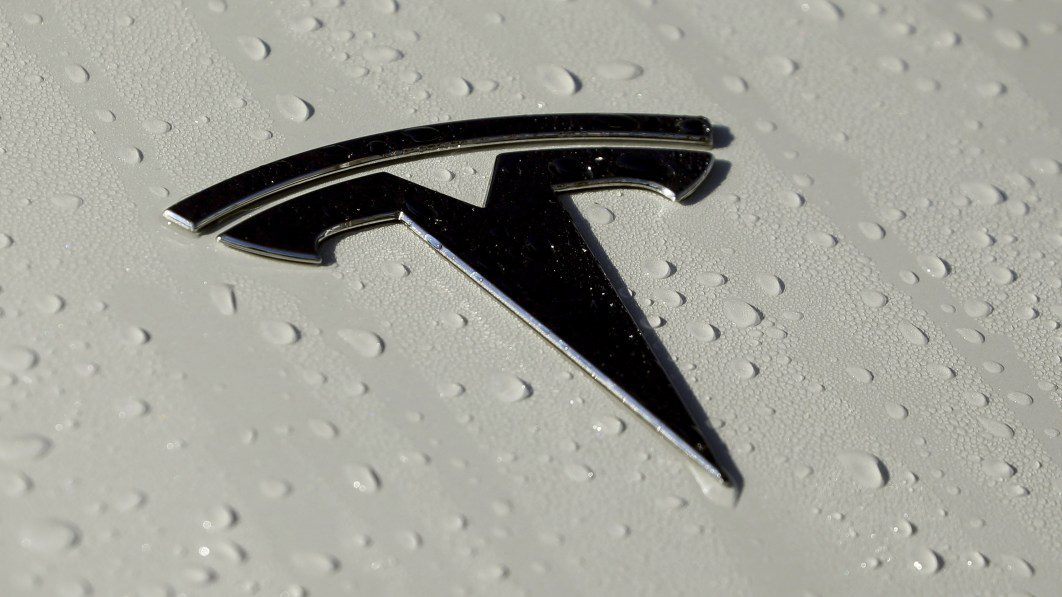U.S. agency sought answers from Tesla on Autopilot in April 2021

WASHINGTON – U.S. auto safety regulators in April 2021 asked Tesla about incidents involving its cars striking parked emergency vehicles while using Autopilot months before it opened a formal probe, according to a letter recently made public.
The National Highway Traffic Safety Administration (NHTSA) sent Tesla an eight-page letter seeking a meeting and answers “to properly assess these recent incidents and to better understand how Tesla’s planned updates would increase driver attentiveness and reduce the risk of collisions with stationary emergency vehicles.”
NHTSA opened a formal preliminary evaluation in August of 765,000 vehicles after about a dozen crashes in which Tesla cars struck stopped emergency vehicles when using its driver assistance system Autopilot. Earlier this month, NHTSA upgraded its probe into a total of 830,000 Tesla vehicles with Autopilot to an engineering analysis, a required step before it could seek a recall. NHTSA said this month it had identified six additional crashes involving emergency vehicles.
NHTSA has not released Tesla’s response, which was due by May 2021. Tesla has repeatedly sought confidential treatment for submissions to NHTSA.
Tesla, which has disbanded its press office, did not respond to a request for comment. NHTSA did not immediately answer whether Tesla met with the agency after its April request.
The April 2021 letter sought details on Autopilot sales, usage and crash statistics, all planned updates and a “detailed chronology of changes made to driver state monitoring.” It included seven crashes with emergency vehicles that were among those listed by NHTSA in August and also sought answers about five other “inattentive driver” crashes.
NHTSA asked questions about driver actions in those crashes and “the effect, if any, that Tesla’s recently proposed countermeasures would have had on the outcome of the incident.”
The auto safety agency said in June evidence suggested drivers in most crashes under review had complied with Tesla’s alert strategy that seeks to compel driver attention, raising questions about its effectiveness.
NHTSA has reports of 16 crashes, including seven injury incidents and one death, involving Tesla vehicles in Autopilot that had struck stationary first-responder and road maintenance vehicles.
Tesla says Autopilot allows vehicles to brake and steer automatically within their lanes but does not make them capable of driving themselves.
(Reporting by David Shepardson in Washington; Editing by Matthew Lewis)



